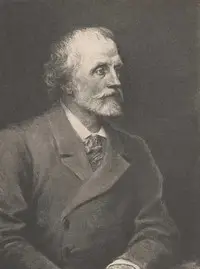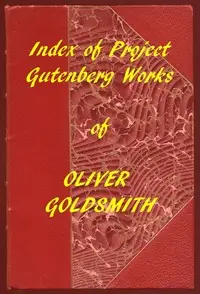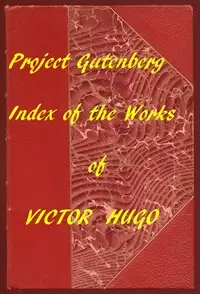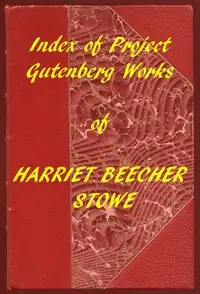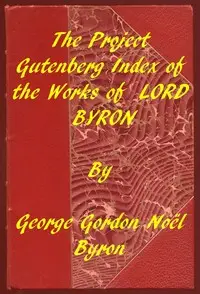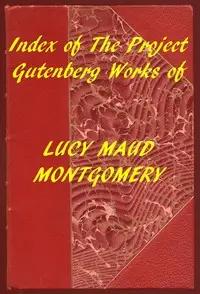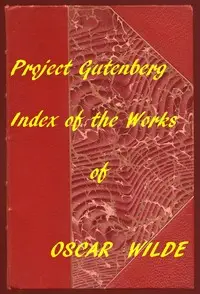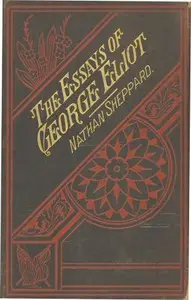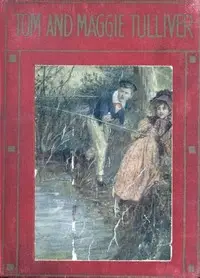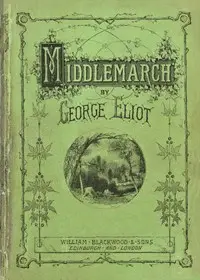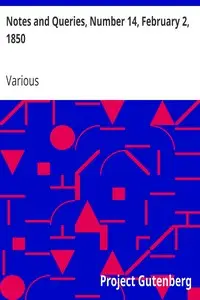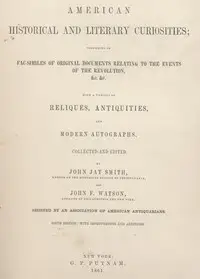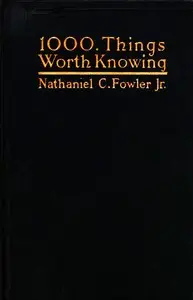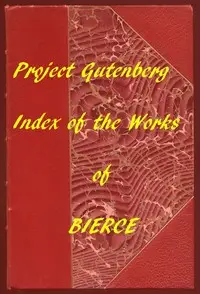"Index of the Project Gutenberg Works of George Eliot" by George Eliot is a detailed catalog showcasing the breadth of the author's literary achievements from the Victorian period. Instead of a story, this book acts as a guide for those wanting to understand George Eliot's impact on literature. It lists her most important writings, from famous novels like "Middlemarch" and "Silas Marner" to collections of essays, letters, and journals that document her life and thoughts. Each entry points to deep stories about people dealing with tough situations, social problems, and big philosophical questions, all hallmarks of her writing. This resource makes it easier for readers to discover the world of her characters, the important themes she explores, and the clever ways she tells stories.
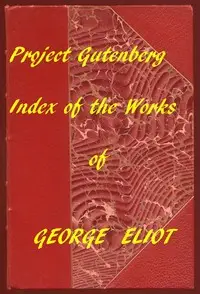
Index of the Project Gutenberg Works of George Eliot
By George Eliot
Discover the world of a celebrated author through this comprehensive guide to her novels, essays, and personal writings.
Summary
About the AuthorMary Ann Evans, known by her pen name George Eliot, was an English novelist, poet, journalist, translator, and one of the leading writers of the Victorian era. She wrote seven novels: Adam Bede (1859), The Mill on the Floss (1860), Silas Marner (1861), Romola (1862–1863), Felix Holt, the Radical (1866), Middlemarch (1871–1872) and Daniel Deronda (1876). As with Charles Dickens and Thomas Hardy, she emerged from provincial England; most of her works are set there. Her works are known for their realism, psychological insight, sense of place and detailed depiction of the countryside. Middlemarch was described by the novelist Virginia Woolf as "one of the few English novels written for grown-up people" and by Martin Amis and Julian Barnes as the greatest novel in the English language.
Mary Ann Evans, known by her pen name George Eliot, was an English novelist, poet, journalist, translator, and one of the leading writers of the Victorian era. She wrote seven novels: Adam Bede (1859), The Mill on the Floss (1860), Silas Marner (1861), Romola (1862–1863), Felix Holt, the Radical (1866), Middlemarch (1871–1872) and Daniel Deronda (1876). As with Charles Dickens and Thomas Hardy, she emerged from provincial England; most of her works are set there. Her works are known for their realism, psychological insight, sense of place and detailed depiction of the countryside. Middlemarch was described by the novelist Virginia Woolf as "one of the few English novels written for grown-up people" and by Martin Amis and Julian Barnes as the greatest novel in the English language.

